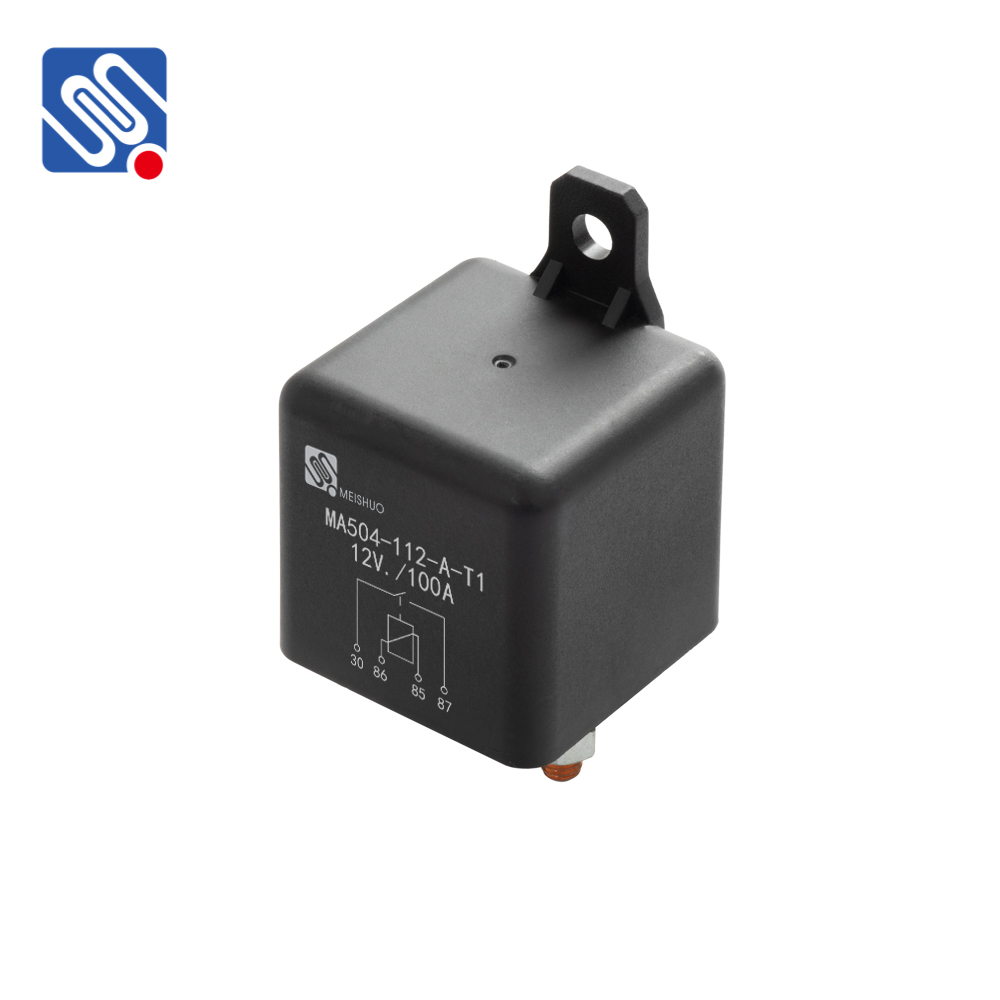understanding relay load: insights with meishuo technology
Release time:2025-06-13 11:47:59
In the world of electronics and electrical engineering, relays play a pivotal role in controlling various devices or circuits. One of the most important concepts when dealing with relays is the "relay load." It refers to the electrical load that a relay is designed to handle when switched on or off. The load typically consists of an electrical component, such as a motor, light, or any device requiring power. Understanding relay load is essential for ensuring the longevity and efficiency of the relay, and companies like Meishuo have made significant advancements in relay technology to better manage these loads.

What is Relay Load?
Relay load is essentially the power or current that a relay is tasked with switching. Relays are used in various applications to control high-power devices with low-power signals. They act as an intermediary between a low-power control circuit and a high-power load, which may include anything from industrial machinery to household appliances. The load is the electrical component that draws power through the relay when it is activated.
The relay is typically rated for specific load types, which include resistive, inductive, or capacitive loads. Each type of load has its own characteristics and requirements for switching, and understanding these characteristics is essential to ensure the relay operates effectively without damage.

